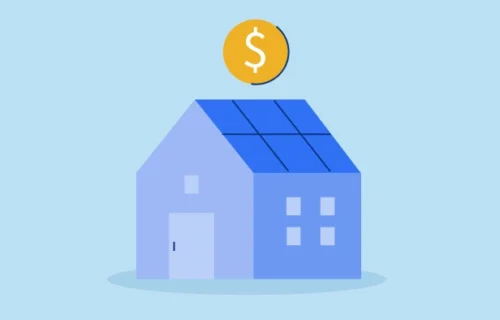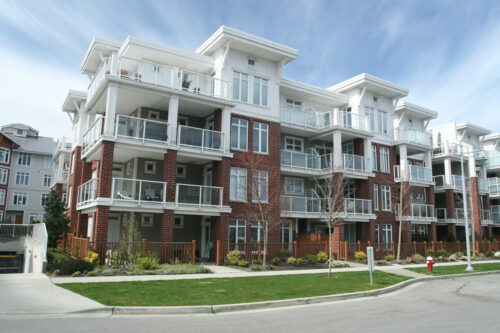
Connect with a Lima One expert today!
If you’d like to know more about this topic or see how it applies to your project, let’s talk.
Advantages of Value-Add Multifamily Investing
Advantages of Value-Add Multifamily Investing
One of the strongest opportunities currently for real estate investors is found in value-add multifamily properties in the $1 million - $10 million price range. With a growing population of renters, real estate investors are seizing on the opportunity to capitalize on the socio-economic shift from home ownership to renting. Value-add multifamily investing creates returns via increasing a property’s net operating income (NOI). The higher NOI stems from higher rents and lower operating expense ratios. The stronger, more efficient cash flow in turn lowers the capitalization rate and increases the property’s market value.
In this post, we’ll explore three advantages that value-add multifamily investing offers real estate investors, along with tips on how you can take advantage of the opportunities this kind of investment presents.
1) Purchase and Refinance Options
Many flexible financing options are available to value-add multifamily investors. You can either purchase a property in need of rehab or refinance and rehab a property you currently own. Many current property owners don’t realize that their property’s accrued equity can be tapped via financing to fund the rehab. This strategy is extremely cash efficient. Similarly, an existing property’s equity can be tapped to purchase a new value-add project, driving overall portfolio growth
The overall terms of the loan will vary based on which strategy you are looking to pursue. For investors looking to maximize leverage, 80% LTC is widely available in the market. But the financing is there to help you complete the project in a way that is most aligned with your goals.
2) Increased Cash Flow
It’s true…increased cash flow fixes everything. Irrespective of your business plan or intended holding period, improved cash flow reduces risk and drives investor returns.
Value-add investors generally approach the market from one of two philosophical viewpoints. Depending on the structure of the sponsor’s balance sheet, the business plan will call for either a short-term asset holding period (<= 5 years) or a long-term hold.
Long-term holders of assets are generally thought to exclusively invest in stabilized properties, but this is a bit of a fallacy. Thoughtful multifamily investors recognize the inherent cost basis hedge and alpha creation opportunity present in the acquisition – rehab – stabilize – hold business plan. The goal of every real estate investor pursuing a buy-and-hold strategy is to own properties generating strong cash flows. The question that must be answered for each potential project is whether the risk-adjusted return profile lends itself to the purchase of an already stabilized property or to a create-your-own strategy.
3) Loan Structural Features
Value-add loans have many more moving parts than a typical stabilized property bank loan or GSE loan. A successful financing transaction requires both borrower and lender to quickly understand primary points of sensitivity of the other party. For example, banks are recourse lenders, full stop. A borrower requiring a non-recourse loan needs to understand this on the front end, not three days from closing. Value-add sponsors, on the other hand, have varying sensitivity to recourse, interest rate, leverage and other factors. Below is a brief list of subject property and/or loan features that frequently cause failure or agency fallout in the financing process:
- Recourse vs Non-recourse
- Prepayment Penalty
- Class C Property Eligibility
- Secondary and Tertiary Market Lending Capability
- DSCR Requirement
- Occupancy Requirement
Knowing your needs as an investor for these structural features, and finding a lender whose offerings match those needs, is vital to successful loan closings.
Conclusion
Value-add multifamily investing provides compelling risk adjusted return profiles. Sponsors with both short-term and long-term asset holding periods benefit from increased rents, higher NOI, and lower cap rates post rehab. A wide variety of financing options are available for family offices, real estate funds, individuals and partnerships. That said, the complexity and multitude of each loan’s structural features create the opportunity for failure in the financing process. Be aware of the constraining factors early in the process by shopping not just for financing options but for loan structural features. This will create the foundation for a successful path to increased cash flow.
And as we said before, increased cash flow fixes everything!
Subscribe for More Insights
Get the latest industry news & Lima One updates.








